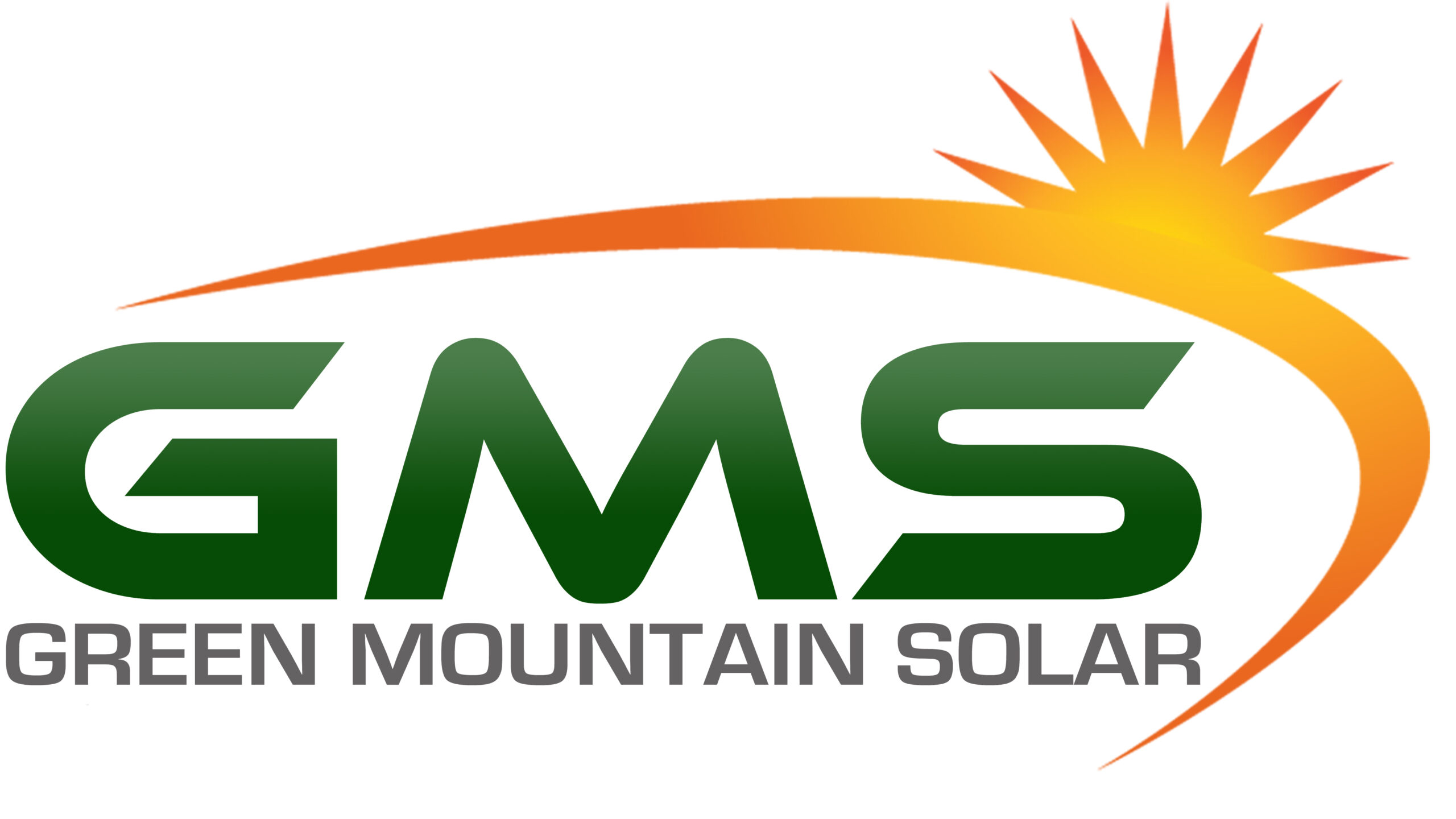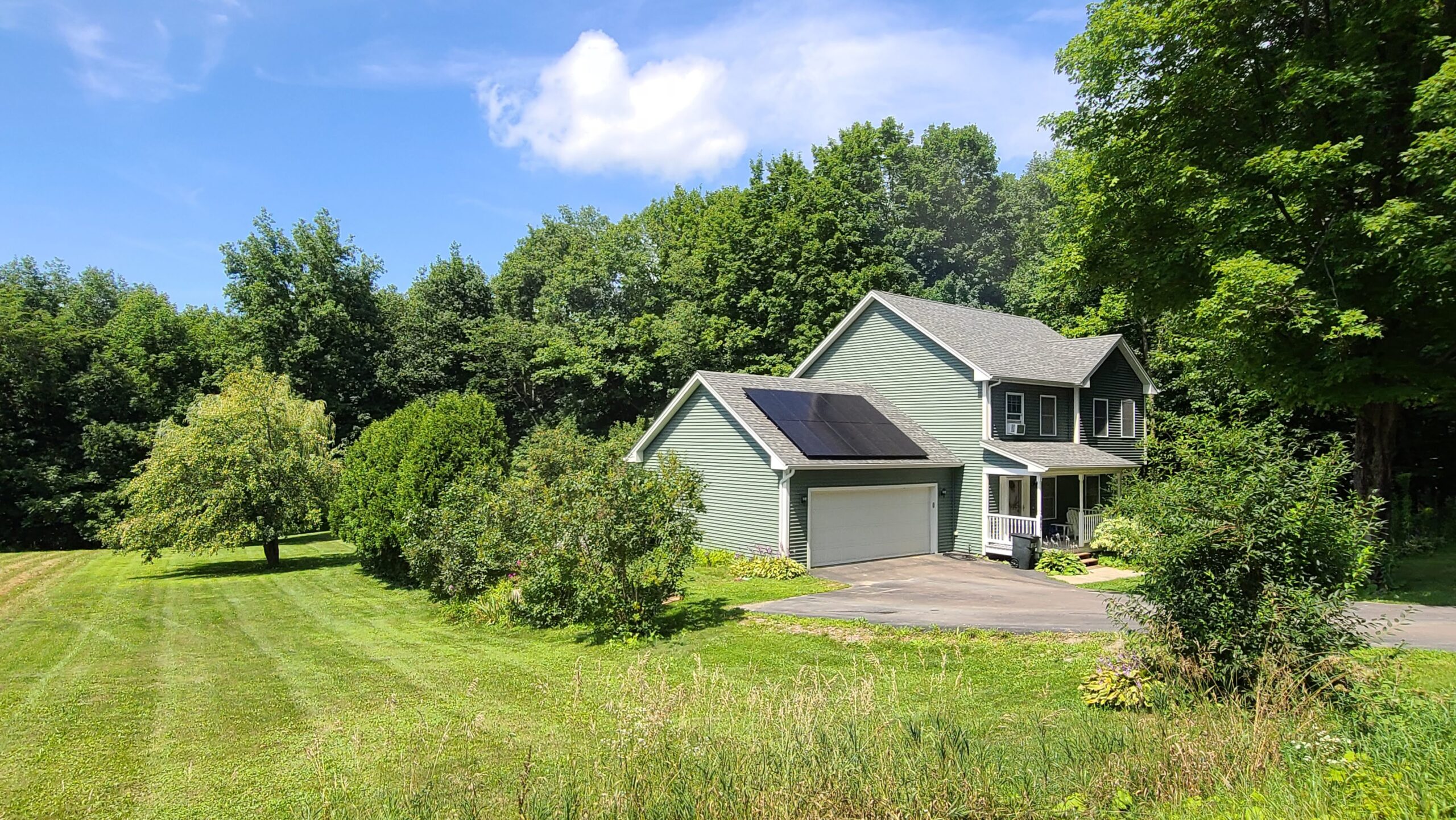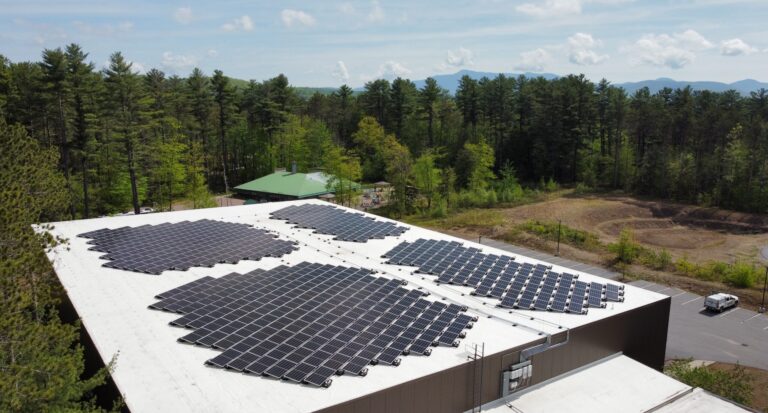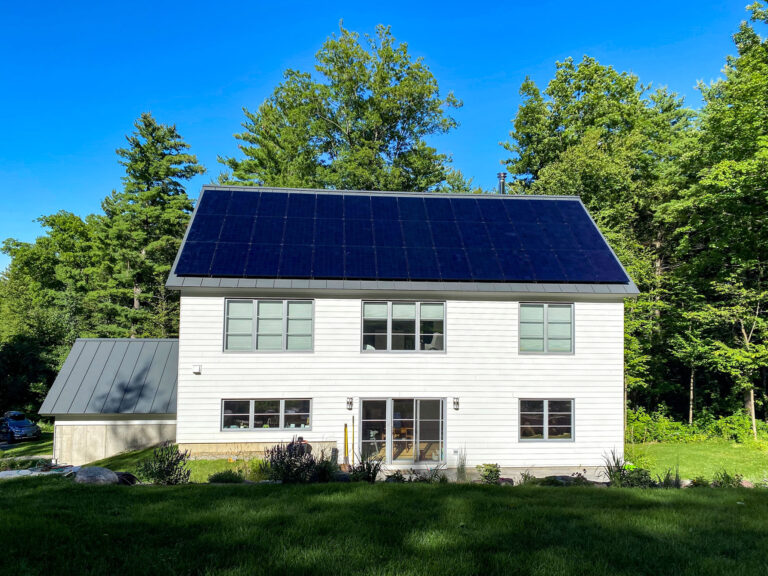Are you preparing to go solar? When deciding the best time for your solar installation, various factors come into play, such as sun exposure, financial incentives, the installation timeline, and long-term plans. The season you install will impact how quickly you will see the financial benefits of solar. This blog explores the key considerations when scheduling your solar installation!
Seasonal Sunlight Variations
Solar panel efficiency fluctuates throughout the year due to seasonal variations in the Earth’s tilt and orbit. Regions with distinct seasons, particularly those with moderate climates like Vermont, witness peak solar panel performance during the summer months when days are longer, and the sun sits higher in the sky. Although solar panels can still generate electricity during winter, they operate at reduced efficiency due to less sunlight exposure.
Given that summer is the period of maximum electricity production, it is advisable to have your solar array installed before the season begins. This way, you can harness as much power as possible and fully leverage your solar setup. With adequate sunlight exposure, your panels can generate surplus electricity that can be stored in a backup power system. This stored energy can be utilized during periods of low solar production, such as at night or on cloudy days. Additionally, you may have the opportunity to engage in net metering, a process where you can feed excess energy back to the utility grid in exchange for billing credits.
Electricity costs also tend to surge during summer due to heightened air conditioning usage, leading to increased utility rates. By installing your solar system before summer, you can mitigate high energy bills during this time of the year.
While energy production levels may not peak during colder seasons, installing your system in fall, winter, or spring ensures readiness to maximize solar benefits in summer and beyond.
Financial Considerations
Financial factors play a crucial role in determining the optimal time for investing in solar panels. Governments and local authorities offer incentives, such as tax credits, rebates, and net metering programs, to promote solar energy adoption. Some incentives have specific timeframes or application deadlines. It is advisable to research the available incentives and factor in application periods and deadlines when planning your installation.
The other thing to consider is when you will start to see the financial benefits of solar. You are more likely to start to see production outweighing consumption in the sunnier spring and summer months so you won’t be paying any extra on your electricity bill each month, and can start to bank more net metering credits to carry you through the darker, winter months. Whereas if you’re installed in winter, that may mean you have to wait a couple months before your energy production exceeds your consumption and you start to build up a bank of net metering credits. This means you could end up paying for electricity for a couple months on top of your financing payments (assuming you haven’t bought your system outright).
Installation Timeline
The solar transition process, from initiation to completion, can span several months depending on your location and the demand for solar systems. Before setting an installation date, several preliminary steps, such as system design and permit submissions to your municipality, are necessary. The permitting process varies by municipality, leading to varying timelines for this phase. To ensure your panels are operational by summer, initiating your solar journey a few months in advance is recommended.
Long-Term Plans
Solar panels typically have a lifespan of 25 years. If you are contemplating integrating solar energy into your home, it is essential to consider your long-term residence plans. Since a solar system enhances a home’s value, you can still reap the benefits of solar energy if you relocate before the system’s 25-year lifespan concludes. However, if your panels near the end of their lifespan, upon selling the property, the new homeowners may face the task of panel removal. Before embracing solar energy, evaluating your long-term plans is advisable to assess the viability of the investment.
Conclusion
When considering the optimal timing for solar panel installation, it is important to consider seasonal sunlight variations, financial incentives, installation logistics, and long-term plans. While in a state like Vermont, summer is the optimal time to have a solar array, you should think about planning ahead so your array can be ready to capture the power come summertime. Regardless of the installation season, embracing solar energy unlocks both financial advantages and environmental benefits!
Interested in learning more? Reach out to us to book your free in person site visit or speak with a solar advisor to get your solar questions answered.



